This is year two of us home/hybrid schooling, and looking back, it was a huge learning curve last year on figuring out how to manage our school days well.
I was a professional teacher for seven years before my oldest son was born, so some aspects like choosing the curriculum and figuring out a pacing schedule were like riding a bike…you never forget how to do that! But the one thing I had never done before was teach young children (3/4 who couldn’t read) at different ages. So figuring out our school ROUTINE for the day was a completely different matter! I tried various routines throughout the school year, and finally at the very end of year one, I found one that worked for our family. Woo hoo!
Today, I’d like to share 10 things I learned about creating a homeschool routine:
1. Remember: Your family is unique, so you need to find what works for you! Ask other homeschool families about what works for them, but don’t expect to copy what they do and get the same results or try to force your family to fit into their schedule.
2. Don’t get discouraged if you and your children don’t settle into an ideal school routine right away. Adjust your routines until you find one that works for your family. It literally took us a year to find a good groove, and that’s ok!
3. Have a clear goal of what you want each child to accomplish each day/week. I created weekly schedules for each child (K-3rd) that we follow to stay on schedule. Here’s what they include. For the preschoolers, it’s already been created for me in the ABCJesusLovesMe curriculum bundle, so I just take a look at it each day to see what we need to cover!
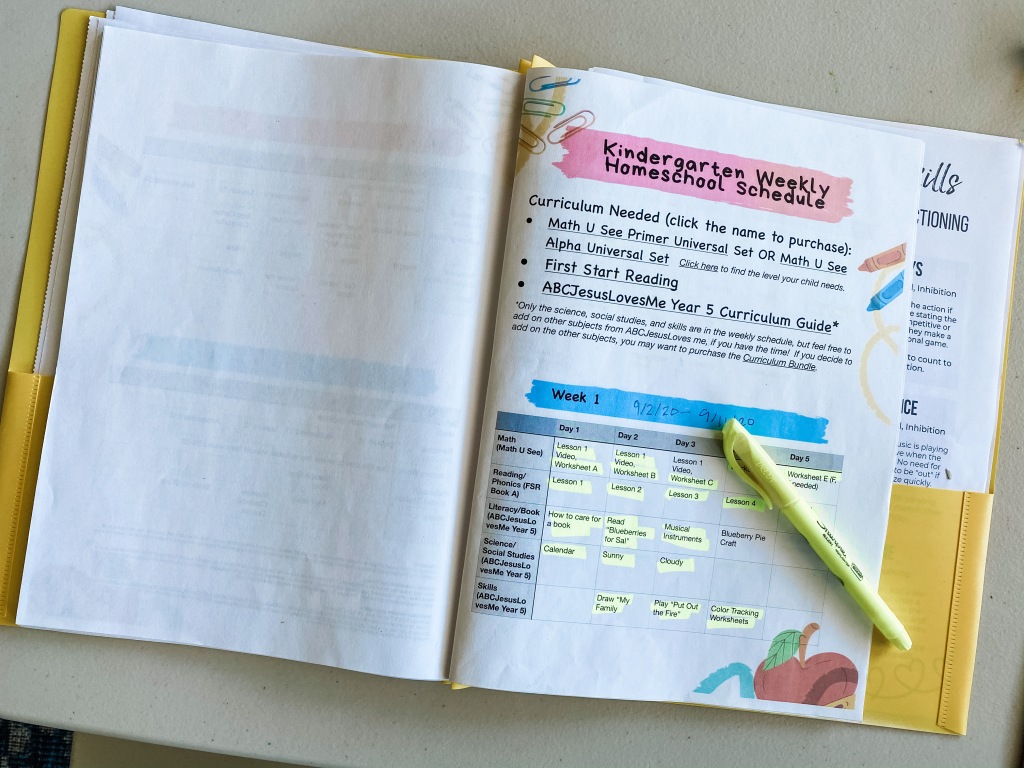
4. Let your children make choices and have a say…but don’t let them manipulate you into letting them off the hook! It doesn’t matter how good of a kid you have, or how good of a parent you are, your kids will cry about doing their school work sometimes. I’ve found that having a consistent routine every day has helped minimize the crying/avoiding school work. When it becomes a daily routine, my kids go along with it better. It’s the adjustment from no routine (like summer break or a week-long vacation) where they give me the most resistance when we try to get back to doing school.
It’s important to be firm and kind, but also give them some choices on what assignments they want to work on. I’ve heard of some micro schools that have each child come up with their own daily goal and share it with the group at the start of each day. It’s a great way to give your child the chance to take ownership of their education. If your child really fights you on school work with an “I can’t do that” attitude, here is a great resource on how to help your child become more resilient when things are tough.
*I will say that if your child is really struggling to do their school work and fighting you or crying about it regularly, please look into why that is happening. It could be an undiagnosed learning disability, etc. that is causing them to struggle with school work. Occasional bad attitudes about school are to be expected, but daily or prolonged battles/meltdowns could be a way your child is showing you there is something deeper going on.
5. Try to “batch” similar activities together. One way I do this is to have all four of my kids snuggle up with me on a big chair and we read all the “parent read-aloud” stories together. It’s usually 4-5 books, and we really enjoy this time. By batching it, it saves us transition time from one activity to the next (like going back and forth from the kitchen table to the living room chair once for each child) and makes the day go smoother.
6. Have all the school work set out and ready to go (with supplies) BEFORE your kids wake up each morning. I put all the daily worksheets on a clipboard and use a chart that shows the lessons we need to complete each week. Here is how I use it to keep our homeschooling day simple.
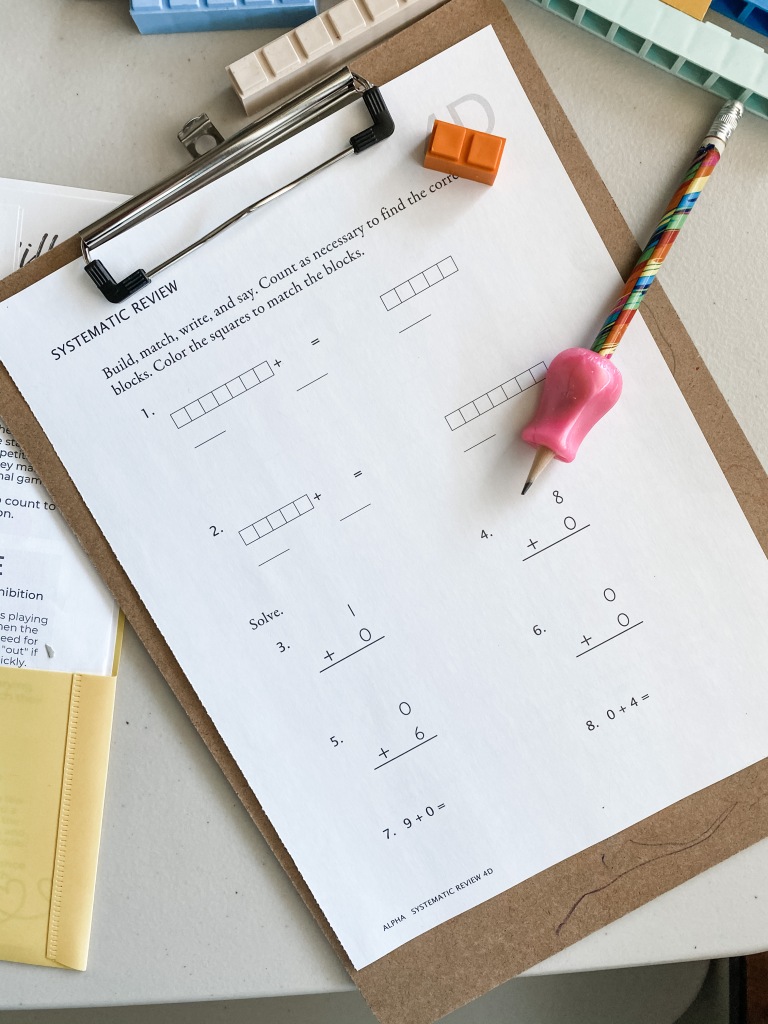
7. Create an “Ideal Day” routine, but be flexible. Don’t let perfection take the fun out of school or derail your day if things don’t go according to plan. I discovered that doing lessons for the youngest child in elementary school first was important, because they need the most help reading their school work and getting started on their lessons. The older child can start on his/her assignments independently. I do make sure to spend time with each child working with them on their school work daily, even if they are fully capable of independent work.
Elementary school is my priority, so I work with those kids first to make sure they have time to get their lessons done, then do the preschoolers’ school later. While the big kids and I are working on school, the little kids usually play together. Here’s an example of my ideal day for my family where we homeschool two preschoolers, 1st grade, and 3rd grade.
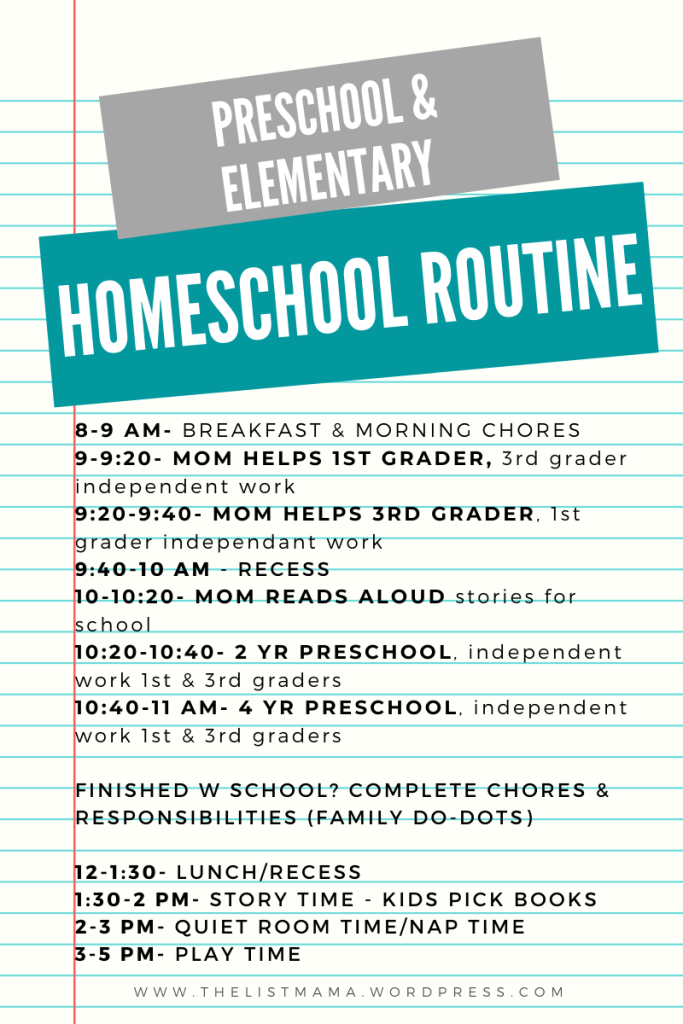
8. Let older children practice reading out loud to their younger siblings. The best way to learn something is to teach! So, if you have multiple kids, give them opportunities to teach their siblings what they are learning. My second grader was able to read some of the story books for my preschooler and kindergartener. By allowing him to read these books to his siblings, it gave him read aloud practice time AND the younger kids were able to listen to their school stories at the same time!
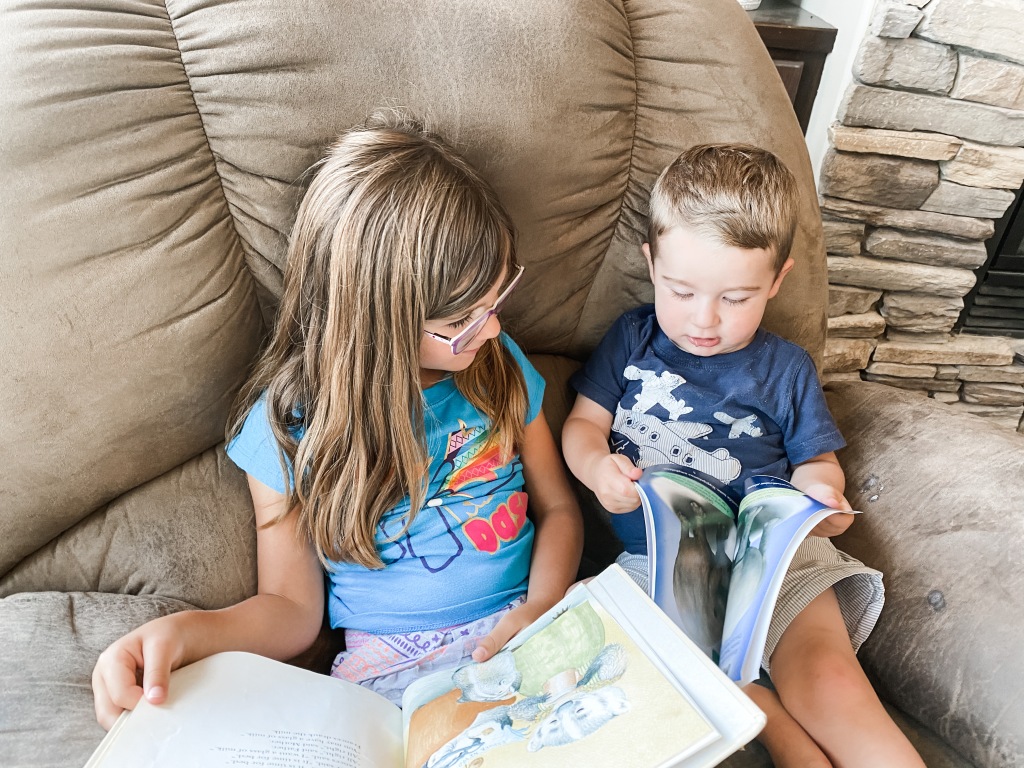
9. Spend about 20-30 minutes on one activity, then switch to something different. Make sure to give your child times to get up and move around like playing outside or dancing. I planned the school-part of our day in 20 minute sections, to keep things interesting. Now, this is not a hard-fast rule. If the kids are really into their project, I will let them keep working, of course! But I don’t always force them to finish an assignment just to move on to the next thing. Sometimes even taking a five-minute break to move around can help!
10. Use the Family Do Dots system to motivate kids to do their school and responsibilities without nagging or reminders. This system has been a HUGE lifesaver to our family! I think it’s best suited for 5+ year olds, but my four year old likes to use it too! This is a tracking system where the kids work to complete their responsibilities first to move on to “extras” like media time or extracurricular activities. It’s been so helpful for me to keep track of who is doing what around the house, and I no longer have to remind my kids to complete their school work, practice piano, clean their rooms, etc. I just ask them if their Do-Dots are finished, and they can run to the board and see for themselves.
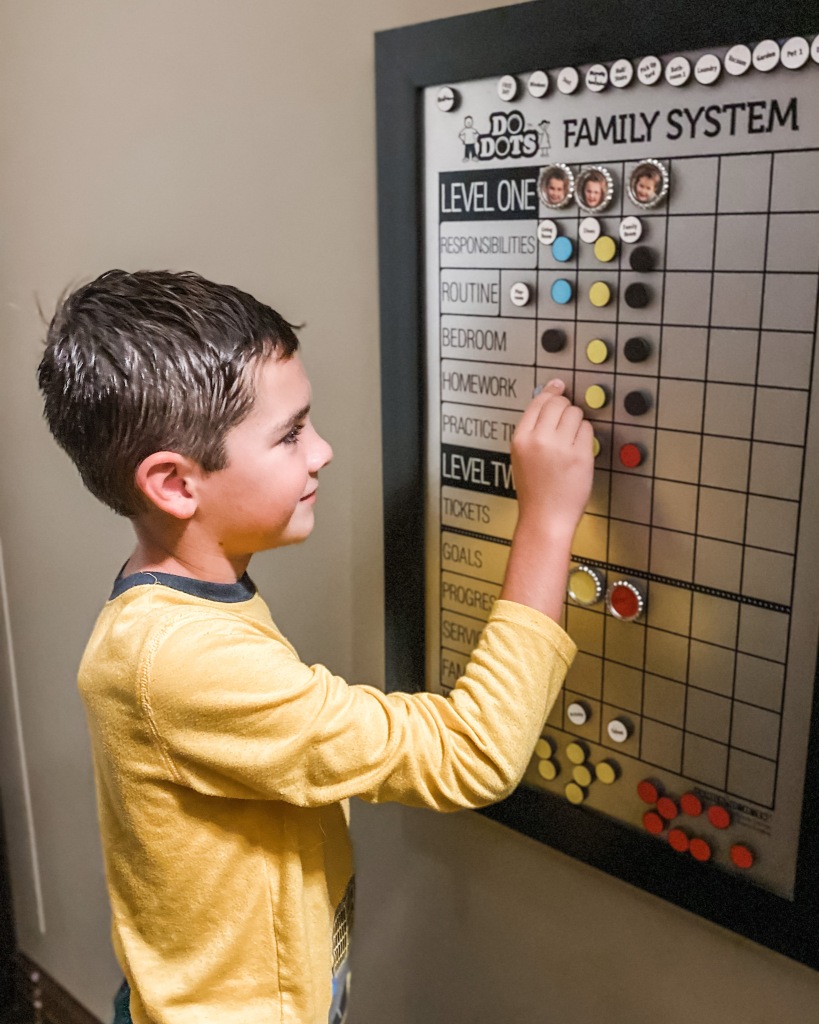
Ok, I know ten things are a lot…I learned a lot in our first year of homeschooling! If it feels overwhelming, just choose one thing you’d like to try and focus on that first. Take your time, don’t give up, and know that you are giving your children a wonderful education experience that is just the right fit for your family!